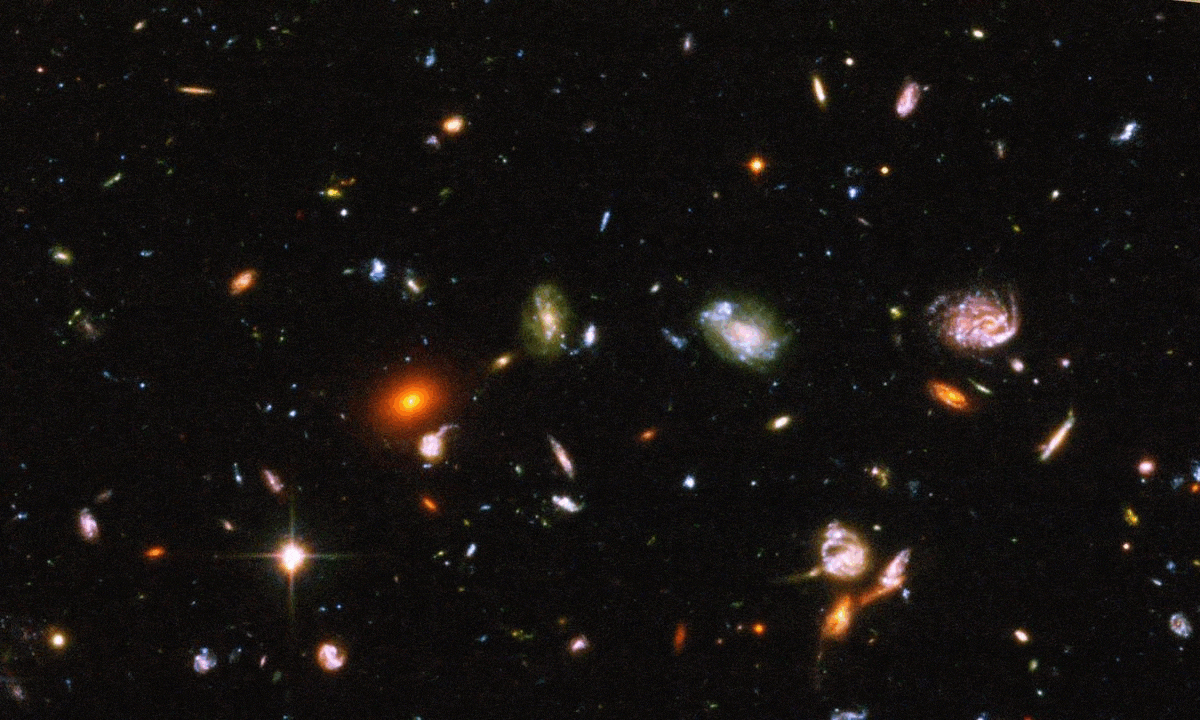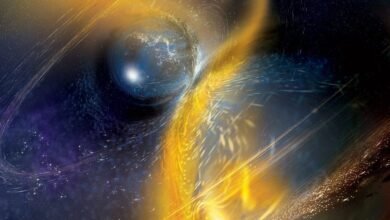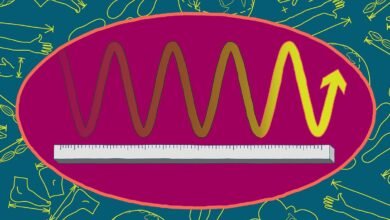
The “little red dots” were touted as being too massive, too early, for cosmology to explain. With new knowledge, everything adds up.
It’s hard to believe, but it was only two years ago, in the summer of 2022, that the very first science images from the James Webb Space Telescope (JWST) were unveiled to the world. Although they revealed remarkable details about newly forming planets, young stellar systems, exoplanets, stars with debris disks, galaxies, and much, much more, the greatest surprise came when looking to the greatest distances of all. Out there, amidst the deepest cosmic depths ever probed, were an unexpected population of galaxies — in large numbers — that were incredibly distant, red in color, point-like in size, and yet were still bright enough to be easily detected by JWST’s instruments.
These objects, known colloquially as “little red dots,” presented a challenge for modern cosmology. We already had a very precise picture of what the ingredients in our Universe were: a mix of dark energy, dark matter, normal matter, and a tiny bit of radiation, and we already knew how old the Universe was and how we expected structure to form within it. So why were there so many of these bright objects appearing at such early…
Source link



